
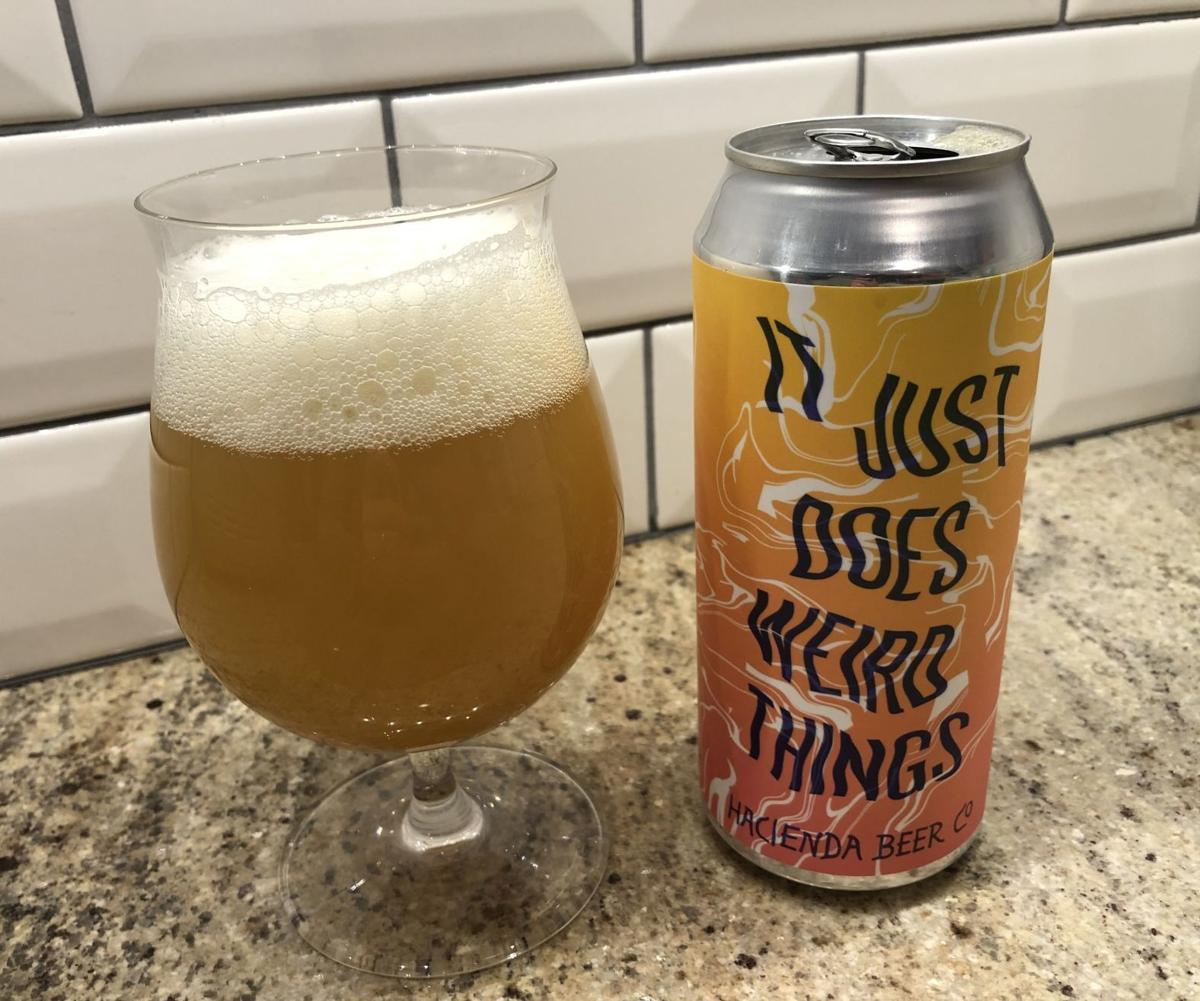
It Just Does Weird Things is a four-star hazy IPA from Hacienda Beer Co. in Bailey’s Harbor.
Hello. I’ve been reading your column for a long time, but I’ve never seen a rating other than 4 stars (out of 5). I wonder if I’ve missed some real stinkers, or worse, REALLY good beers? — Seamour Masterson
First off, thank you for the longtime support. We’re coming up on 10 years of Beer Baronry, a milestone that boggles the mind. More on that to come.
The answer to your question, Seamour, is as much about how I select the beers to feature in this column as it is about my rating rubric.
The vast majority of beers featured in this space come as recommendations, so positive reviews are somewhat preordained.
This, of course, is not a universal approach among beer writers, or critics more broadly. It leads to a somewhat rosier view of the beer world than a more comprehensive but less discriminating method. Mediocre and bad beer is out there, but isn’t really going to be talked about in this column.
That’s a choice, and one I do not make casually. I revisited the question after some criticism on Twitter recently, and was pleased to find that the audience — there, at least — understood this approach and mostly (barely) supported it. If you want to see more cautionary words about bad beer — for example, the disgusting bottle of Capital Winter Skal I had in November — follow me @WIBeerBaron.
When I do choose to spotlight beers that I wouldn’t recommend, it’s usually for a pretty specific reason. I decided to feature Sierra Nevada’s 40th-anniversary beer in January 2020 because I respect the heck out of that brewery and was shocked that it turned out to be a clunker of a beer (three stars).
Not long after, I wrote a two-star review of another beer, Bell’s Light Hearted, for which I had high hopes. That was a column focusing primarily on a major trend in the beer world, low-cal IPAs, that I felt (and mostly still feel) has not produced any beers worth drinking.
Last fall there was the 2½-star review of Central Waters Wendy, a pumpkin spice latte-inspired milkshake IPA that was just too outlandish to ignore coming into pumpkin beer season.
So that’s why there aren’t more low ratings. As for the lack of 4½- and 5-star ratings, I guess I’m just a little guarded about going overboard. Or at least I used to be.
I consider a 4½-star beer to be great, and a five-star beer to be essentially perfect — at least to the degree that my limited palate can tell. Because I focus mostly on Wisconsin-made beer, that really limits the universe of beer, and there aren’t a ton of perfect beers on our shelves.
Nevertheless, 2020 turned out to be a glut of perfection, as I found three five-star beers to review last year: Miller High Life (yes, really), Allagash White and Dovetail Kolsch. Half Acre’s Bodem IPA, Toppling Goliath Dragon Fandango, New Glarus Fat Squirrel brown ale and Earth Rider North Tower stout got 4½. Looking back, this is a LOT of great beer reviewed last year, Seamour!
A few more things on beer ratings in general. It’s worth noting that if I give five stars to an IPA and you don’t like IPA, you’re probably not going to like that five-star IPA. I’m not going to “Hamilton” even though I’ve been repeatedly told by people whose opinions I respect that it’s the best musical ever. I don’t like musicals.
I should also note that many beer writers eschew ratings because they’re reductive, oversimplifying something as complex and multifaceted as astute analysis of a beer to a simple metric. I agree with that in that I hope you pay more attention to the qualitative factors of my reviews, but hey, people like the stars, and a perfect rating generates a little bit of buzz in a way that a glowing qualitative review doesn’t. At least, it used to before I started handing them out to any old beer like Allagash White!
Anyway, let’s get to this week’s four-star review.
It Just Does Weird Things
Style: Hazy IPA
Brewed by: Hacienda Beer, the small-batch offshoot of Door County Brewing, which has an outstanding taproom in Baileys Harbor with lots of outdoor accommodations. You know, if you’re feeling antsy.
What it’s like: It’s might be mostly semantics, but this style has matured since it mostly shed the “New England” label in the past year-plus, eschewing shock value for drinkability. It Just Does Weird Things is a good example of that. Others are recent iterations of Dare Mighty Things from The Brewing Projekt in Eau Claire, Pulp Culture from Madison’s own Working Draft and Milwaukee’s City Lights Hazy IPA.
Where, how much: Hacienda doesn’t keep a consistent retail presence in Madison, and even though It Just Does Weird Things is one of its more frequently brewed beers, you’ll need to pounce when you see it on the shelves — usually at the smaller, independent bottle shops. My four-pack of tallboy cans was *checks receipt* whoa, $18. That’s not cheap, but also not incredibly out of line with the hype hazy IPAs this beer rubs shoulders with.
Booze factor: The 6.5% ABV isn’t going to knock you over but it’s worth a cautionary note because it’s a pretty easy drinker.
Up close: It Just Does Weird Things pours a bright but opaque straw color with a vigorous foam cap, and its Mosaic, El Dorado and Citra hops come through immediately in the aroma of lush tropical fruit — and the dank, resinous undernote. Sips advance that mango-pineapple agenda above malt considerations, and there’s a moderate bitterness on the dry finish. Its very pleasant mouthfeel is marked by some zippy carbonation (relative to the style) and a soft body. It’s not a jaw-dropper but a shining, drinkable example of one of craft beer’s most popular styles.
Bottom line: 4 stars! (out of 5)
Beer Baron’s Beers of the Year 2020: Worst Year Ever Edition
Let’s take inventory of the most unforgettable, symbolic and just downright delicious beers of 2020.
This was not the best new beer Madison’s Ale Asylum released this year, but it was unquestionably the most successful, and it’s obvious why without even cracking open the can. This beer’s label perfectly captured the zeitgeist at the time of its release in early April, and it never really stopped resonating. The pilsner was followed by a hazy pale ale version, and both were taken national by the new Wisconsin-based distributor Brew Pipeline. Locally, the brewery has offered the FVCK COVID duo and many of its other beers for $6 a six-pack for most of the year. By the way, my favorite new Ale Asylum beer also had a “ugh, 2020” theme: MRDR HRNT, the first in a new “Apocalypse Bingo” series. It’s a pale ale heavily dosed with Mosaic, Denali and Trident hops that create an intense, nearly hard seltzer-like lemongrass-lime character.
This is not one but 25 beers, a different one from each of the Wisconsin breweries that committed to this worldwide collaboration started by San Antonio’s Weathered Souls Brewing. Most of the beers were imperial stouts, but the Black Is Beautiful black IPA (remember that style?) from community-focused Delta Beer Lab might have been my favorite of those I tried. The other participating Madison-area breweries were Herbiery, Giant Jones, Parched Eagle, Rockhound, Sunshine and Young Blood. Black Is Beautiful was, of course, a response to the other story that defined 2020: our national awakening on racial justice. The 1,192 breweries that took part pledged to donate proceeds to local foundations that support police reform and legal defense for those who have been wronged by police, and also committed “to the long-term work of equality.” I am happy to drink to that.
Yes, there are plenty of beers on this list that are not a statement on times like these. And Untitled Art’s take on the legendary Chocolate Shoppe ice cream flavor was probably my favorite of them. Loaded with lactose for sweetness and creaminess, and cocoa nibs and dark malts for chocolate character, it was not just a beer that tasted like chocolate ice cream but specifically like Zanzibar. It was sweet but not overly so, and the chocolate had dark depths and the fruity complexity of its namesake.
Young Blood Beer Co. picked a heck of a year to debut. The plan was to pack the taproom on King Street and pour glass after glass of head brewer Kyle Gregorash’s IPAs, saisons, lagers and pastry stouts. The opening went ahead in May, with a quick pivot toward canning the bulk of the beer, though the sidewalk patio did brisk business, too. Young Blood’s M.O. is to crank ’em; its Untappd page records 117 different beers already. And while this is really a nod for the entire brewery over a single beer, I don’t think any Young Blood I had this year surpassed the mostly by-the-book but excellent saison Cheryl’s 2004 Cobalt. I’m looking forward to seeing more of the colorful cans in my fridge — and what they come up with next for beer names — in 2021.
The label of color fields and geometric shapes was almost as adorable as this beer’s diminutive pop culture namesake, but the beer inside was the real force. Released for Third Space Brewing’s fourth anniversary in September, this kinda-hazy session IPA packed bright citrus and stonefruit flavors and a satisfying body despite its wee 3.9% ABV. Baby Yo capped a great year of new hoppy beers, with kveik yeast stars Nordic Sunrise and Fjord Explorer strong BOTY contenders as well.
If you’re the most successful craft brewery in Wisconsin and you’re going to release only one new beer in a year, it had better be a banger. And this complex, enigmatic sipper sure was. A blend of three batches of spontaneously fermented ale from New Glarus’ “wild fruit cave,” it incorporated Geisenheim grapes after blending to put an unmistakable spin on brewmaster Dan Carey’s familiar fruit lambics. This sweet creation was aptly named, with a floral, intensely fruity profile of apricot, white grape and honey that really did evoke a butterfly’s sip.
Oktoberfests get all the love every year, but a great Vienna lager can scratch that toasty-malty itch year-round. For that reason, I didn’t love that this beer from Lakefront Brewery’s My Turn series came out in fall when shelves were already loaded with beers with a similar profile. But it was still a standout: bready and flavorful but clean and balanced. Wisconsin brewers, let’s be like Lakefront warehouse employee Johnny Hopgood (his real name, a true aptonym) and make some more Vienna lagers, please!
Yes, the bow on top of my 2020 Beers of the Year is a 117-year-old American light lager that you can find literally everywhere. I wrote a column in May revealing the Champagne of Beers as my “comfort beer,” a rock of palate certainty to balance the uncertainty in the world. But as the year marched on, I realized there was another factor bringing me back to High Life. On Feb. 26, a Molson Coors electrician killed five co-workers and himself at the Miller Valley brewery in Milwaukee. I feel a kinship with this beer for many reasons but the one I thought about often while buying yet another 12-pack this year was a solemn solidarity with the survivors of that day and the loved ones of the fallen: Dale Hudson, Gennady "Gene" Levshetz, Jesus “Jesse” Valle Jr., Dana Walk and Trevor Wetselaar.
Got a beer you’d like the Beer Baron to pop the cap on? Contact Chris Drosner at chrisdrosner@gmail.com or follow him on Twitter @WIbeerbaron.
April 03, 2021 at 09:00PM
https://ift.tt/3cOrpS5
Ask the Beer Baron: How come you give so many 4-star reviews? - WiscNews
https://ift.tt/2NyjRFM
Beer
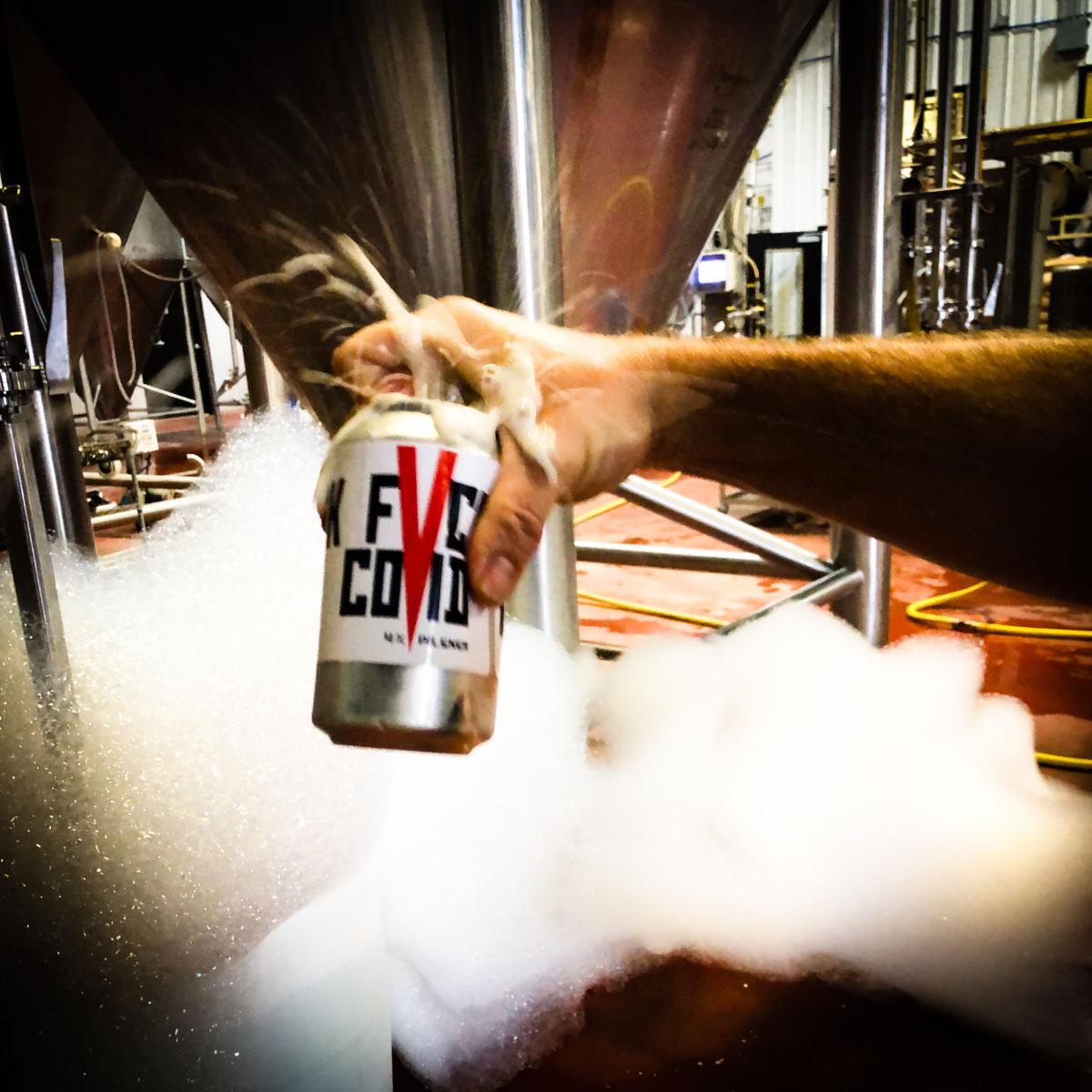
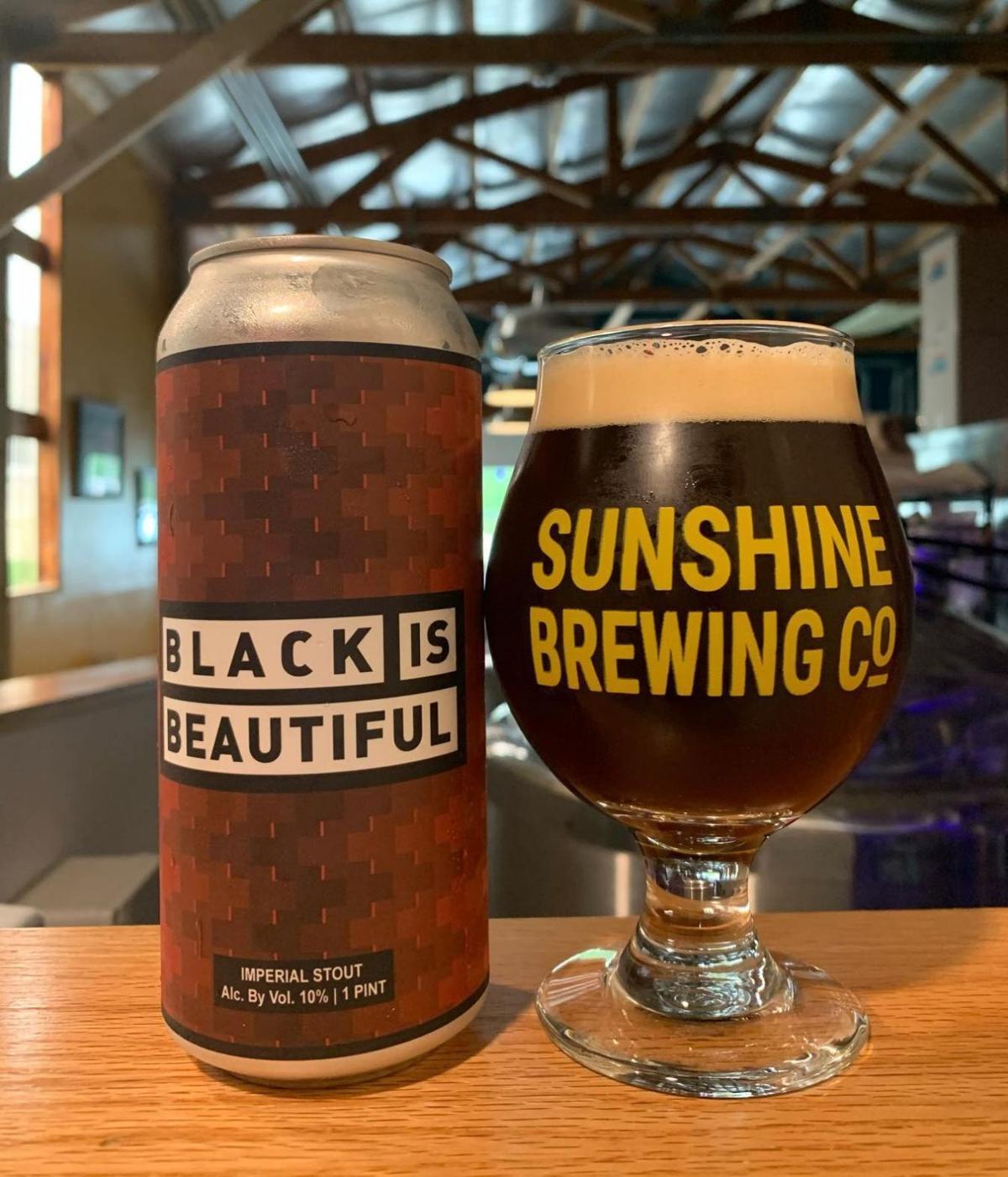
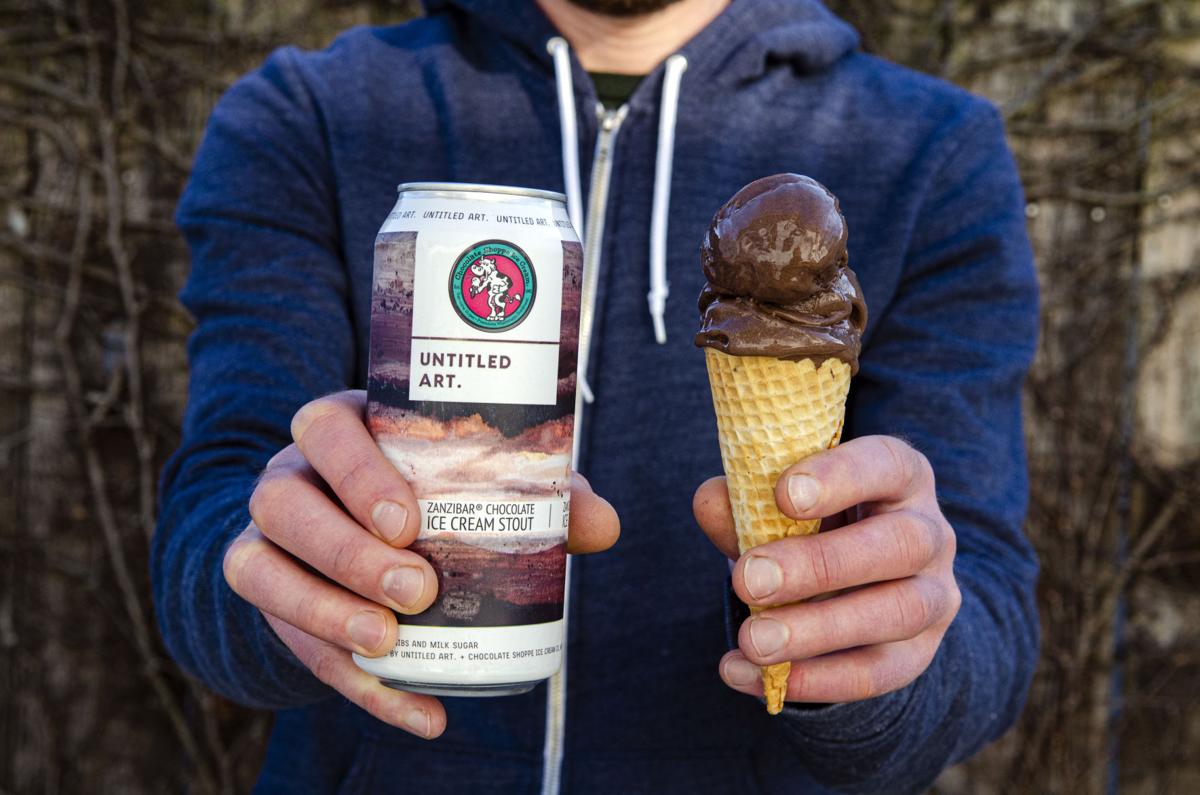
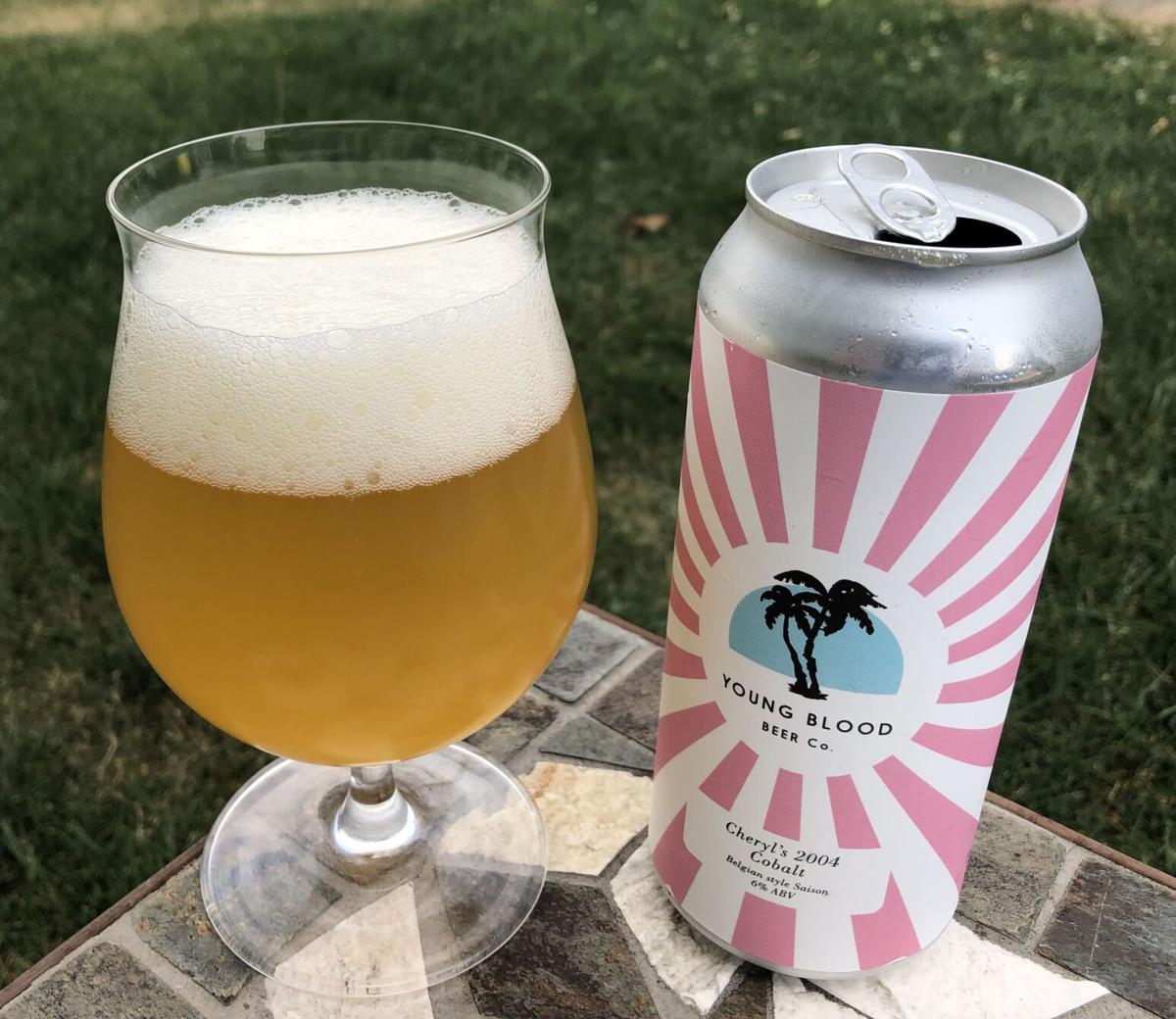
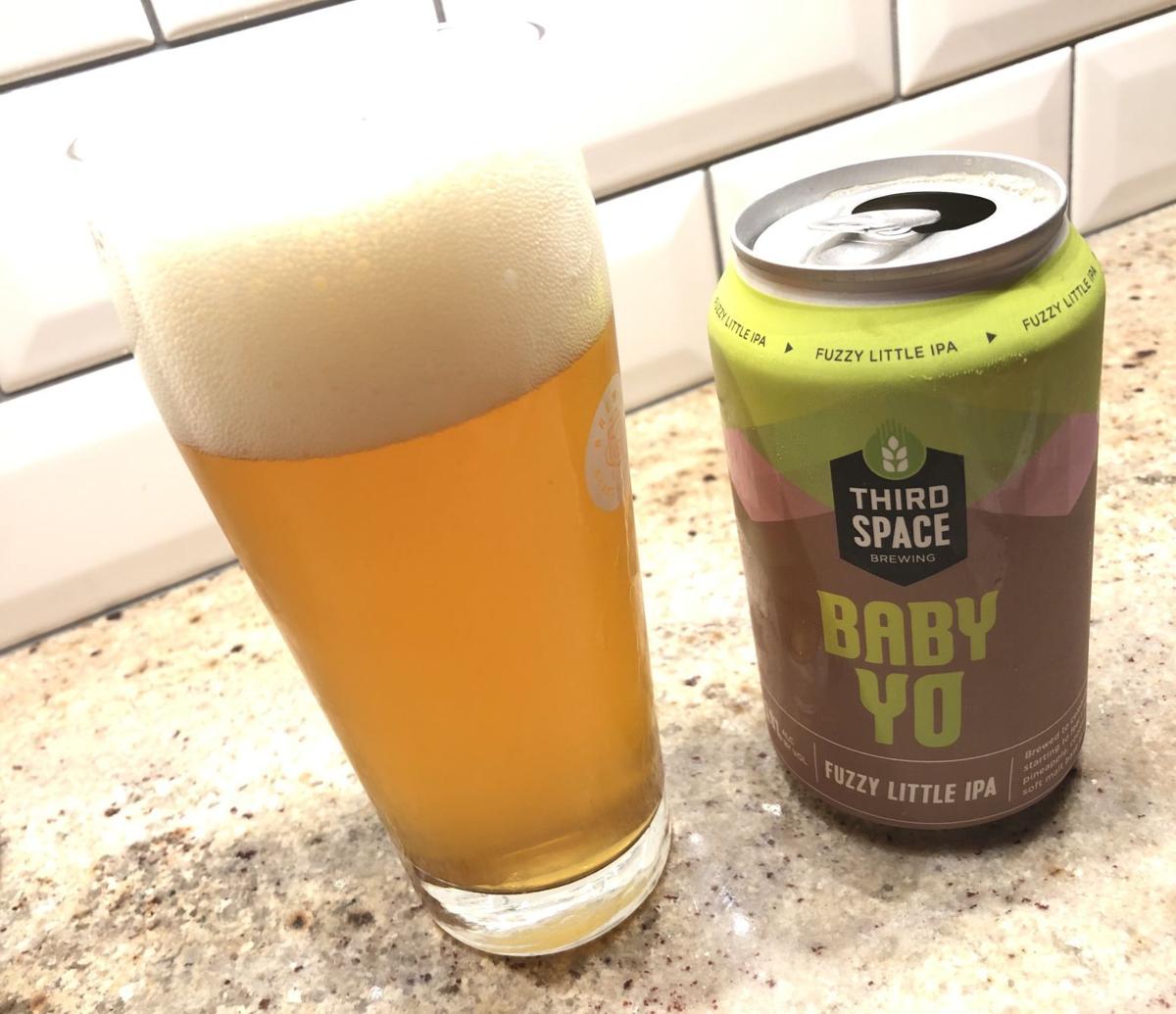
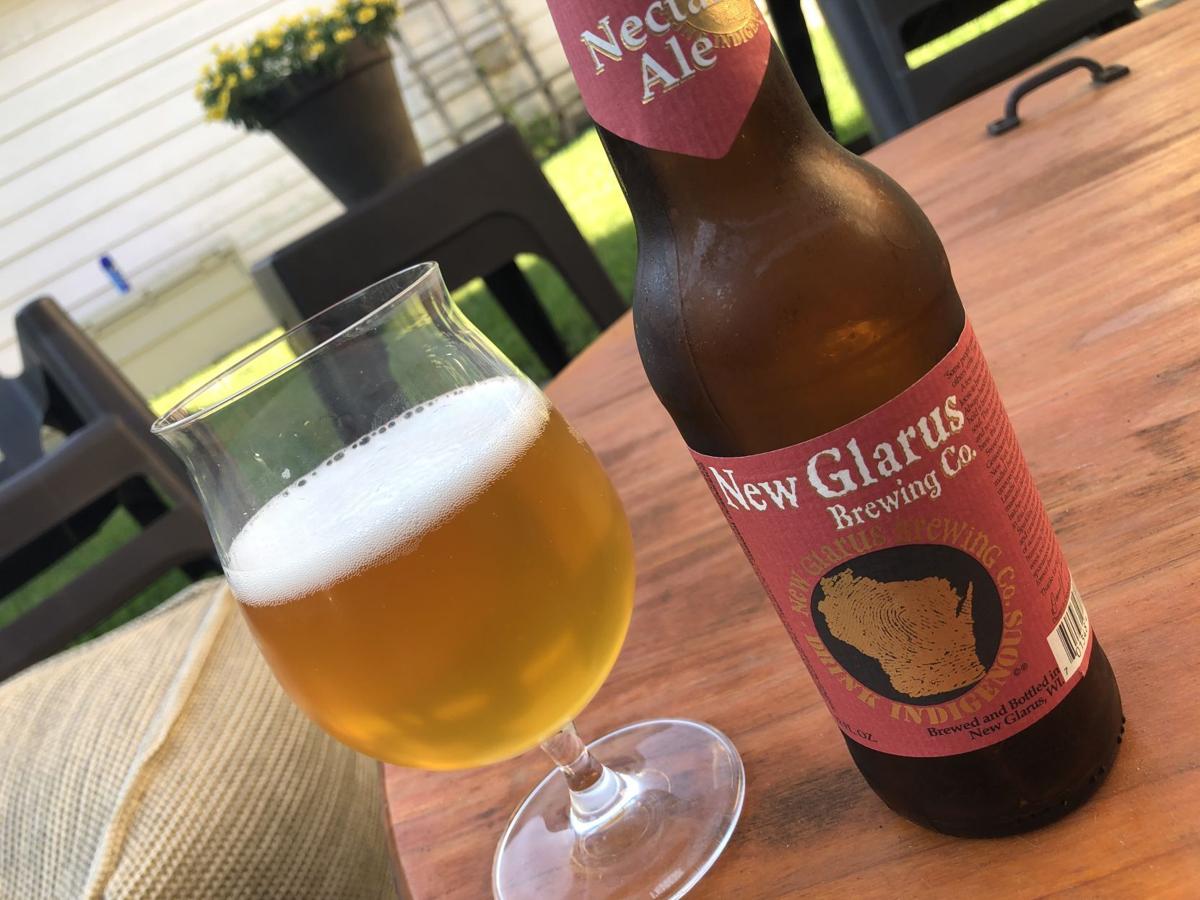

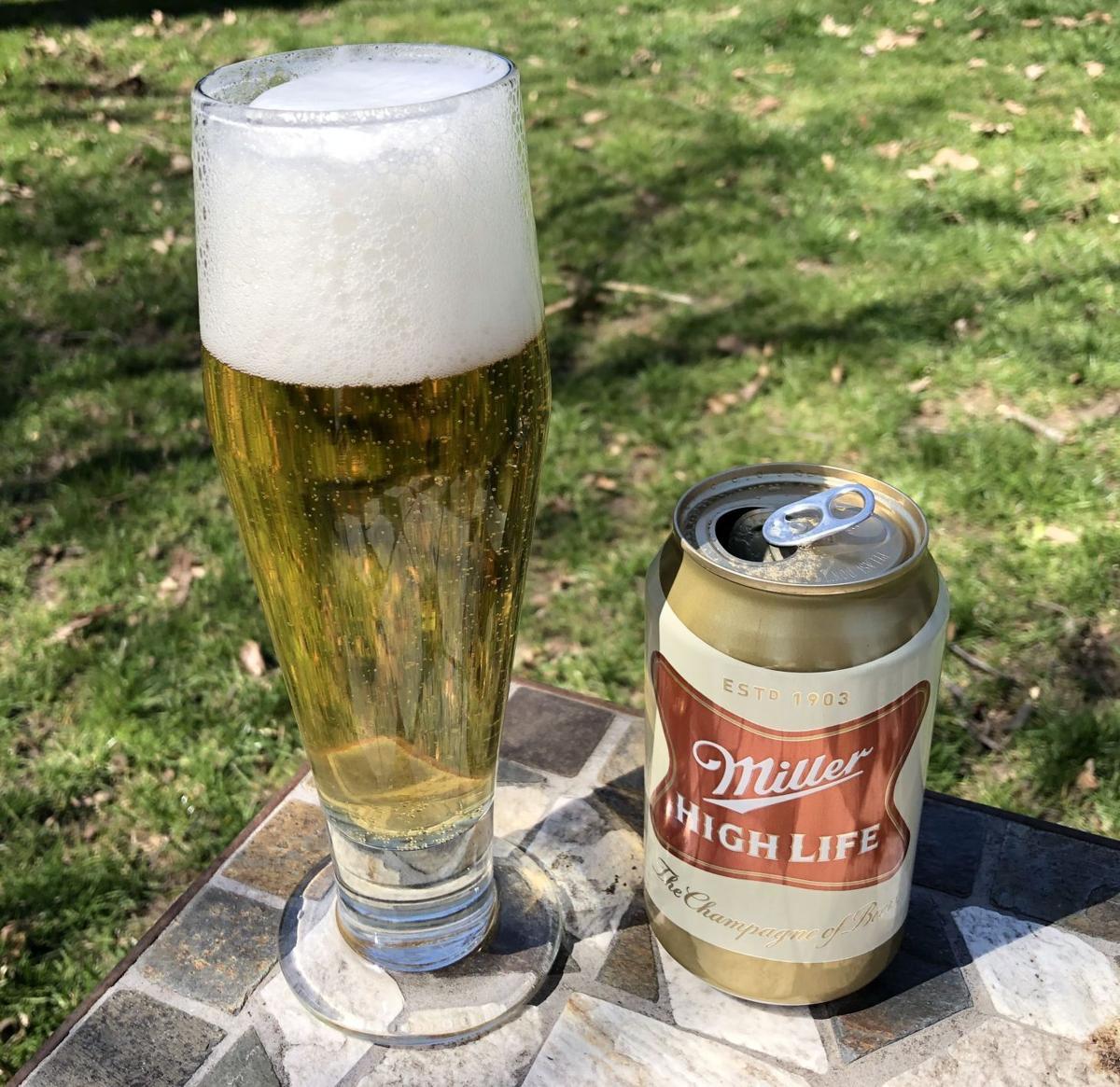

No comments:
Post a Comment